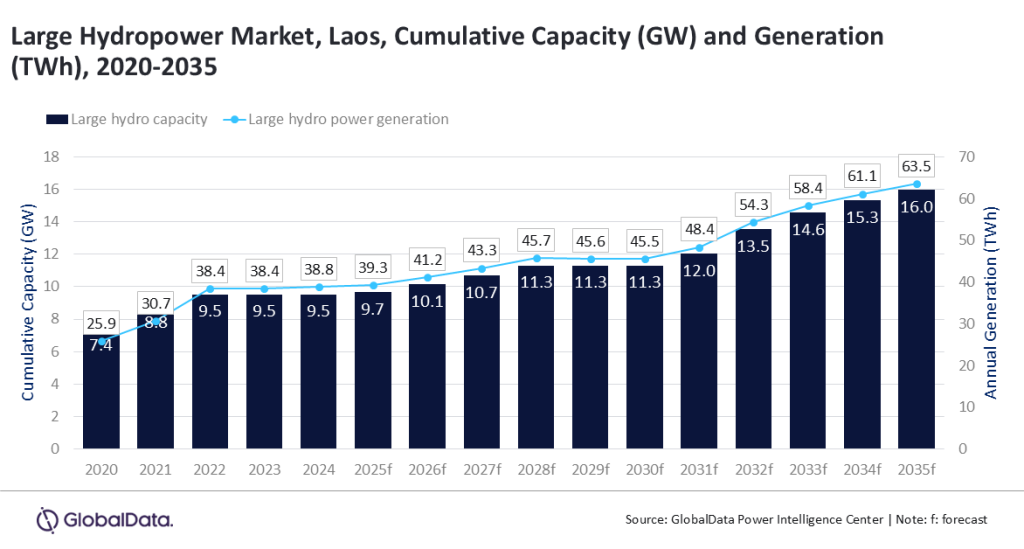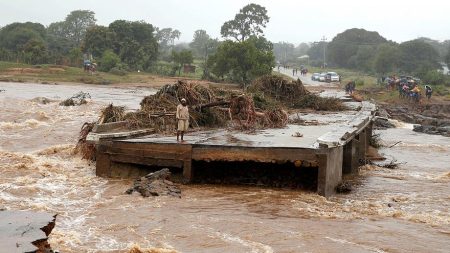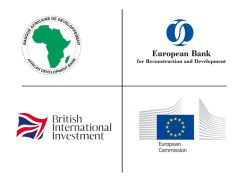
Lagos — Laos’ Ministry of Energy and Mines (MEM) has set a goal to reach hydropower capacity of 12GW by 2025 and 20GW by 2030, with the objective of facilitating regional exports. The nation is poised to export renewable electricity to Thailand, Cambodia, and Vietnam, and to a lesser extent, to Myanmar and Malaysia. Against this backdrop, large hydropower capacity in the country is expected to reach 16GW in 2035, registering a compound annual growth rate (CAGR) of 4.8% during 2024-35, according to GlobalData, a leading data and analytics company.
GlobalData’s latest report, “Laos Power Market Outlook to 2035, Update 2025 – Market Trends, Regulations, and Competitive Landscape,” reveals that annual large hydropower generation in Laos is expected to increase at a CAGR of 4.6% between 2024-35 to reach 63.5TWh. Although at the current pace, the country is expected to fall short of its 2030 target, proper policy enforcement and time-bound targets will enable it to bridge this gap.
In 2011, the country released Renewable Energy Development Strategy, setting a target to achieve 30% of energy consumption to be sourced from renewables by 2025. The government has primarily focused on hydropower along with biomass energy.
Attaurrahman Ojindaram Saibasan, Senior Power Analyst at GlobalData, comments: “Laos has established itself as a net exporter of electricity, earning the moniker “Battery of Southeast Asia.” The nation produces an excess of electricity beyond its domestic needs, facilitating the export of this surplus to neighboring countries, with Thailand, Vietnam, China, and Cambodia being the primary beneficiaries. The country engages in the exportation of electricity through long-term Power Purchase Agreements (PPAs) with these adjacent nations. Laos is planning to export 9GW of electricity to Thailand by 2025 and 5GW to Vietnam by 2030.”
Thailand stands as the foremost recipient of Laotian electricity, utilizing both 500kV and 230kV transmission lines for this purpose. Vietnam ranks next, receiving electricity via 220kV and 500kV transmission lines.
Saibasan concludes: “Laos relies significantly on export revenue, which renders its economy susceptible to fluctuations in external markets. To manage the increasing cross-border electricity flows, there is a pressing need for infrastructure enhancements. Moreover, as prices are frequently determined by purchasers such as Thailand and Vietnam, Laos finds its bargaining power constrained. The country should look to invest in energy storage systems and upgrading its grid to overcome these challenges.”



